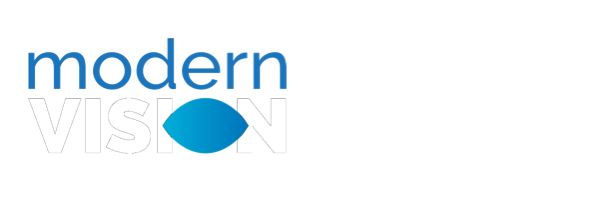Getting Past the Headlines to the Truth: What Science Tells us About LASIK
Published by on September 29, 2016
If you’ve been thinking about LASIK – or, for that matter, any other medical procedure you’ve done your homework. You’ve talked to your doctor and have been asking the right questions. You’ve checked out the great resources that are available to people considering laser vision correction surgery.
And as part of your exploration, you took a look at news coverage. Now you’re dazzled…or frightened… or a bit of both. All those headlines with all those claims, based on clinical studies. What are they talking about? What does clinical study really mean? And what do clinical studies actually tell us about medicine?
The media loves clinical studies. How often have you seen a story with big headlines, filled with compelling statistics, reporting on some kind of medical breakthrough? Are medical studies really that dramatic? Does a single study change the way we think about a treatment or procedure?
The answer is no. Dramatic headlines get attention, and capture readers. But headlines – or news stories for that matter – can’t really cover the depth and breadth of the information presented in a clinical study.
Why? Because clinical research is conducted over months and years by scientists and the reports of those studies are incredibly detailed, running 20 to 100 pages or more.
So What Exactly is Clinical Research?

It’s a scientific medical exploration or investigation into the performance of a drug, medical device or treatment regimen. Its primary goal is to determine whether the treatment is safe and effective for patients.
Clinical research begins with a hypothesis – in other words, an educated guess about the treatment and its ability to provide a certain benefit. Research is then conducted to test whether the hypothesis is true or false. Research can take many different forms – a drug might be tested against a placebo, or several different doses might be tested against each other – but in every case, data is collected, it’s analyzed, and then the findings are reported.
The findings of clinical research determine which drugs, devices and treatments are approved for use. Clinical research serves to build our knowledge about prevention, treatment, and diagnosis.
How Does this Relate to LASIK?
LASIK is one of the most studied elective procedures performed today. More than 9,000 patients participated in FDA clinical trials alone from 1993-2005. Over time, a tremendous amount of clinical research into LASIK has been conducted – to date more than 7,000 peer-reviewed published studies, in fact – to confirm the procedure is both safe and effective as well as look into other important aspects of LASIK. This includes studies that help refine what makes a patient a good or bad candidate for the procedure, and techniques and technologies that can reduce the potential for side effects such as dry eye, glare and halos.
Clinical studies have tested the many improvements in LASIK since the procedure was first approved. In medicine, technologies and techniques evolve and advance over time. LASIK is no exception. Today’s excimer lasers – the lasers that reshape the cornea to improve vision – are more precise and easier to work with than ever before. Current lasers and technologies are able to customize the procedure to the specific shape and thickness of a patient’s cornea and treat a broader range of vision impairments. These technological advancements lead to better visual outcomes and a safer procedure for more people.
The clinicians – the scientists – who work with LASIK are committed to an ongoing process of improvement in the procedure. These doctors continually ask questions as a means of finding potential in LASIK. There is a reason “quest” is the root of the word “question”. This illustrates that scientific exploration is a process, a path – not necessarily a destination. The question is the beginning, not the end.
That means it’s important to understand what the study findings show – and what they don’t. No single study gives a final, definitive answer about any medical treatment, device, procedure or drug. By definition, a study has a very specific scope of work – a specific question it is trying to answer. While the results of a study can be compelling, interesting and encouraging, they are only one piece of a bigger body of science, one that’s constantly growing. The media likes to infer dramatic and often sensational conclusions from a single study. But that’s just not how studies work.
LASIK– What’s the Bottom Line?
All the studies taken together, specifically in the recent study “Modern Laser in Situ Keratomileusis Outcomes,” published in August 2016, presents an extraordinarily large amount of clinical evidence – give tremendous confidence that the procedure is safe and effective. LASIK also ranks among the most thoroughly investigated, most effective and safest procedures performed today.

Lance Kugler, MD, is a specialist in LASIK and vision correction surgery and CEO of Kugler Vision. A proud Omaha native, he is passionate about improving lives through clear vision. Dr. Kugler serves on several national boards, and his practice is recognized internationally as a center of excellence. Dr. Kugler is one of the original founders of the Refractive Surgery Alliance, an international organization comprised of over 350 of the world’s leading vision correction surgeons; he also served as its first president. In 2019, Dr. Kugler was selected as a TEDx speaker, and delivered a talk in Omaha about the worldwide epidemic of nearsightedness and refractive solutions. Dr. Kugler is an Associate Professor of Refractive Surgery at the University of Nebraska Medical Center’s Truhlsen Eye Institute, has been published in many medical journals, and participates in numerous clinical studies to advance the field of vision correction surgery. Additionally, Dr. Kugler is proud to be a Board Certified Fellow of the World College of Refractive Surgery & Visual Sciences. Dr. Kugler and his wife are proud parents to five active kids. When he has a spare moment, he enjoys skiing, tennis, travel, and fine coffee.




Leave a Reply